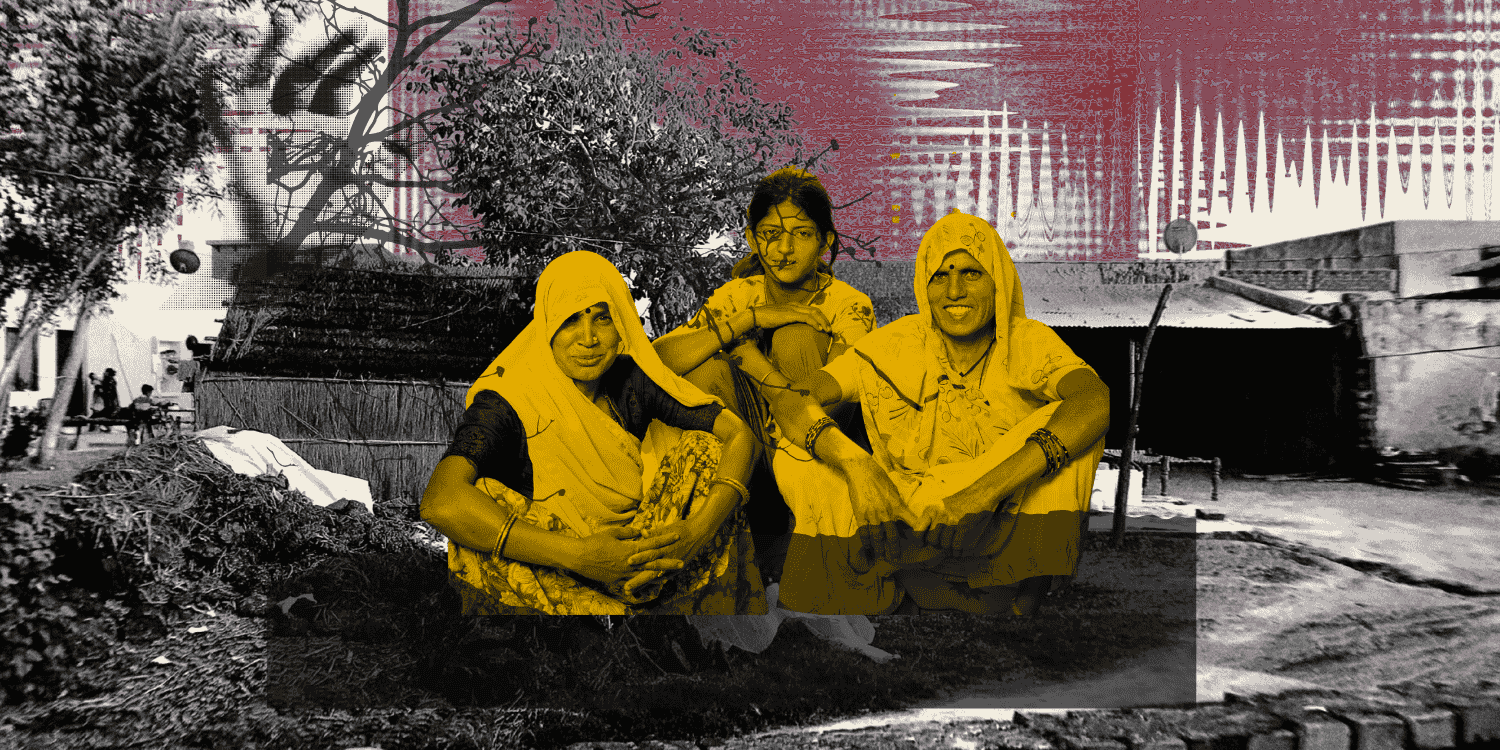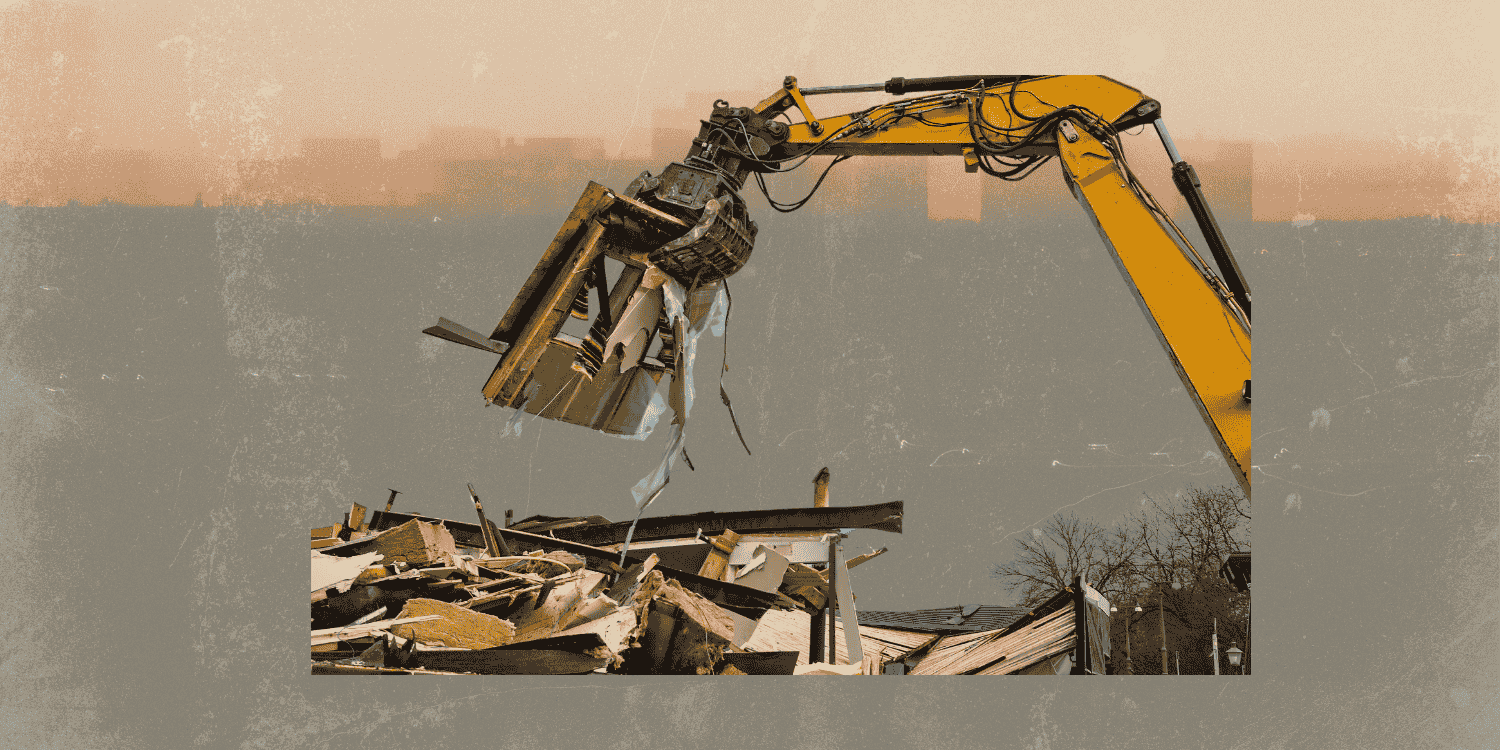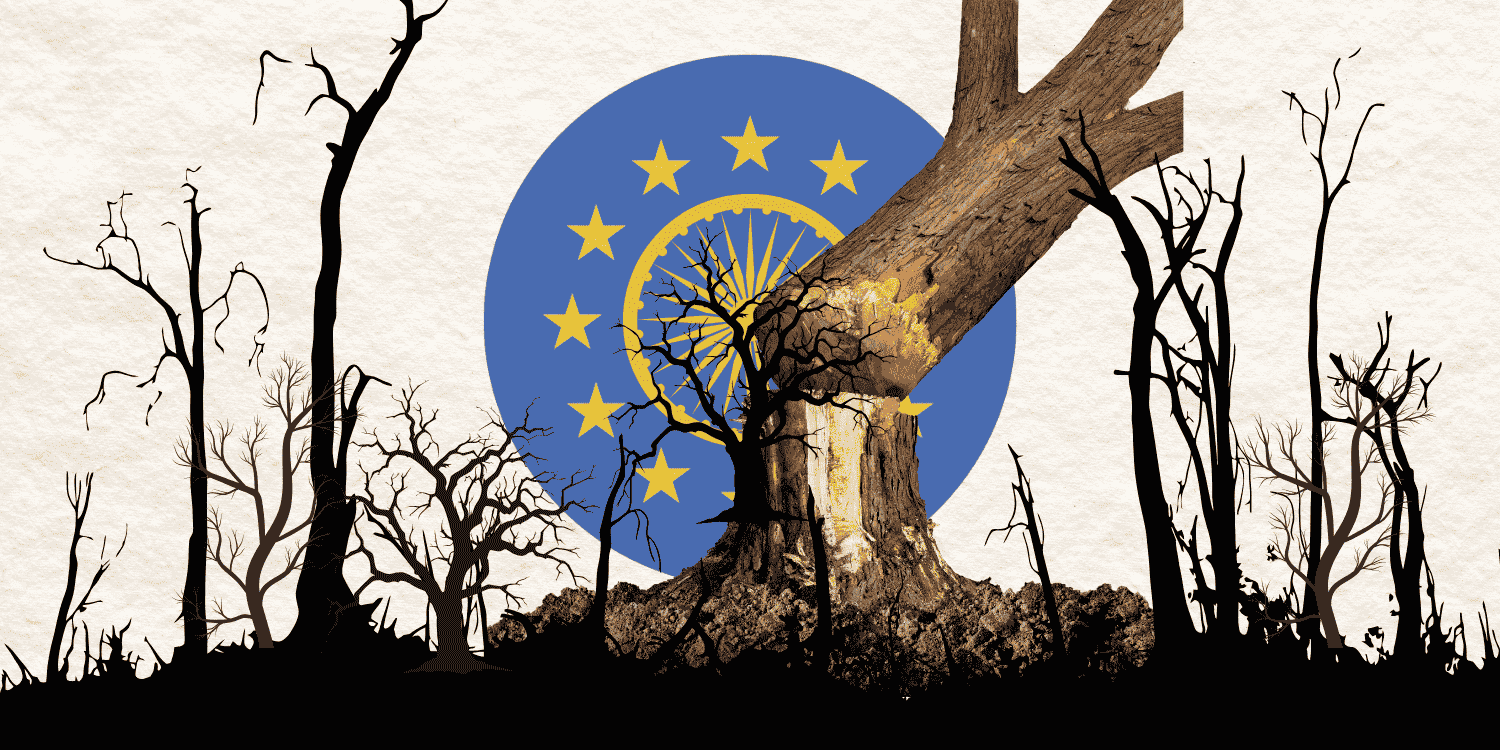ABSTRACT
India, along with witnessing tremendous economic growth rates since the 1980s, has seen a surge in economic inequality as well. India was ranked 2nd in a recent UNDP report on growth in income inequality globally, and 147th out 157 countries in Oxfam’s Report on Commitment to Reducing Inequality. This brief seeks to analyse and compare the rise in income, wealth and wage inequality and looks at policy recommendations that can help reduce the exacerbation of the class divide in India.
INTRODUCTION
As one of the fastest-growing economies in the world, India has been able to uplift a significant percentage of its population from extreme poverty. However, alongside this tremendous economic growth, India has also witnessed a steady increase in inequality. It ranked 147th out of 157 countries by Oxfam’s “Commitment to Reducing Inequality” Index in 2018 and with a Gini index of 35.2 in 2011, it was also ranked 95th out of 157 countries in terms of inequality in income distribution (Oxfam 2018, CIA n.d.).
Over the last three decades, the striking aspects of India’s appallingly unequal growth is highlighted by the fact that India saw a 108% increase in the number of billionaires from 2010, bringing the country’s 2020 total to 102 billionaires; while in the same decade, it was reported that overall poverty shot up nearly a percentage point in 2017-18, implying that 30 million people fell below India’s official poverty line and joined the ranks of the poor (Stoller 2020, Bhattacharya and Devulapalli 2019).
Economic inequalities intersect and often lead to other forms of equally striking social, political and cultural inequalities, making social mobility more difficult and increasing intergenerational gaps (Sastry 2004). A higher concentration of wealth in the hands of a select few creates inequality that can affect economic stability and can also challenge ideals of social justice and undermine social cohesion. Furthermore, studies have observed that rising inequality may skew an economy by reducing overall middle-class demand for consumer goods or even fuel debt crises (Keeley 2015).
Glances of this immense inequality have been widely visible in India, particularly during the restrictions enforced to combat the COVID-19 pandemic. Social distancing, which is a necessary step to combat the pandemic, assumes that people have adequate availability of space, resources and social safety nets to comply with such a measure. Unfortunately, in India, as in many other developing countries, this is far from reality. About 33-47% of the urban population (or about 26 to 37 million households) live in dense informal housing1, lacking access to roads, sewage and drainage systems, and constantly face the threat of eviction or demolition due to limited property rights (Jain et al. 2016). Additionally, estimates based on the 2017-18 Labor Force Survey of India indicate that there are over 415 million informal workers in India, representing 90% of the country’s total workforce. For these workers living on daily/weekly wages and lacking job security, while the panic of contracting COVID-19 is widespread, so is the dread of losing their livelihoods.






